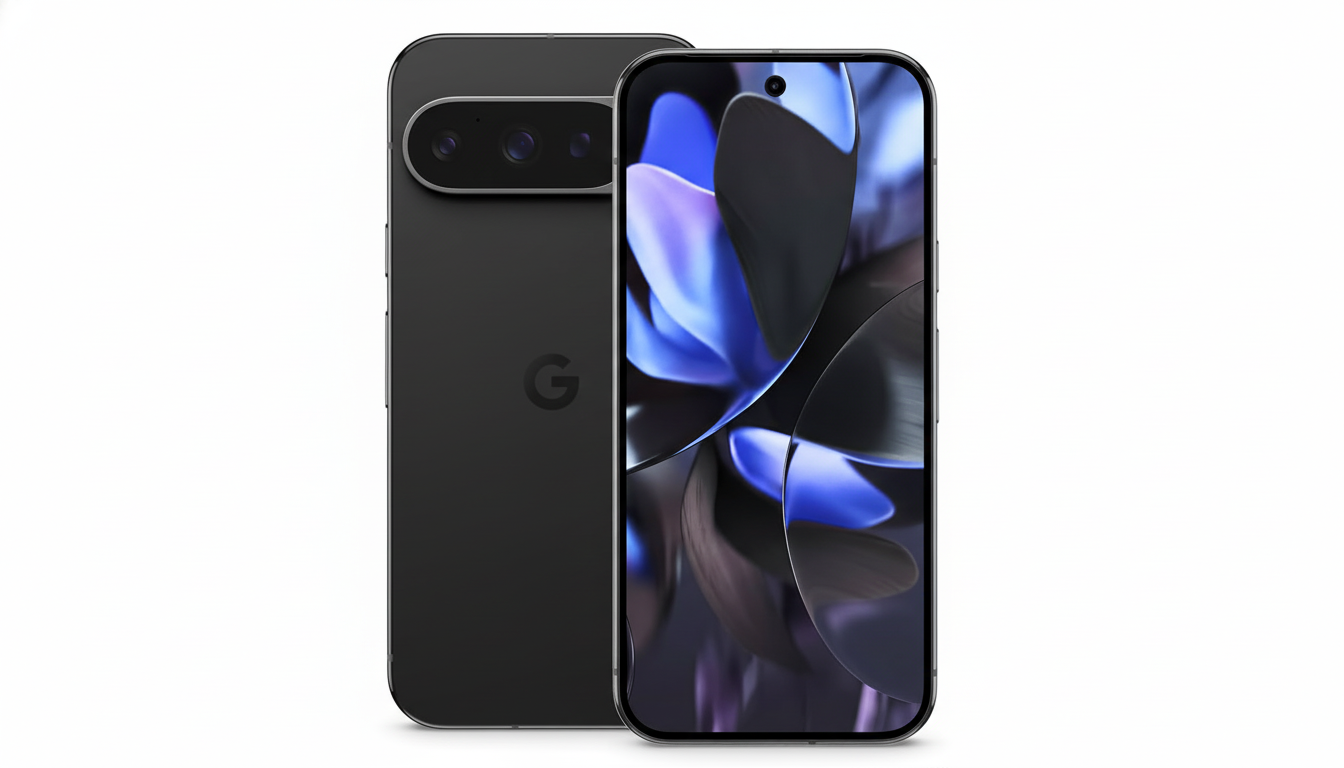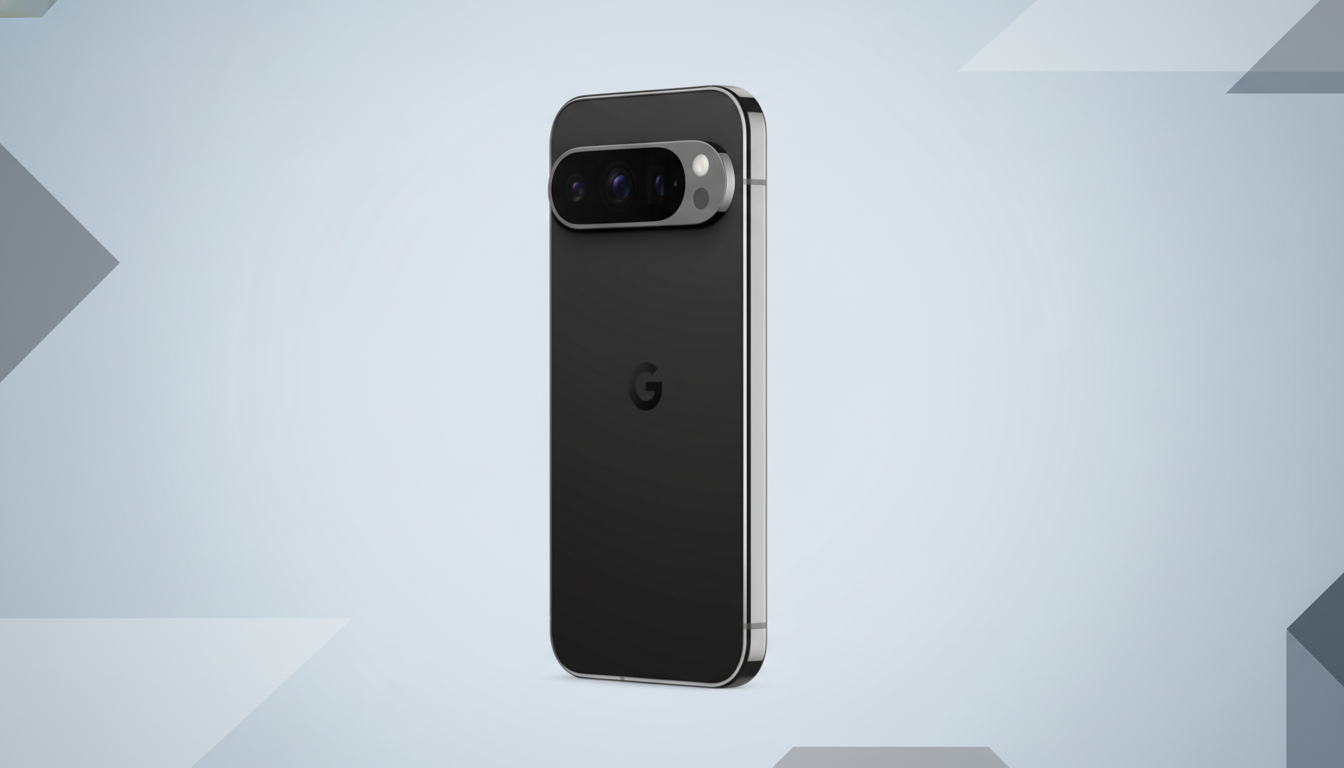It now appears some Google Pixel phones were unable to directly call 911 for assistance, with owners and Canadian carriers having experienced the critical bug. And while service is apparently back to normal for many of the affected models, the incident underlines some urgent issues around how Android itself handles emergency calling and what went wrong.
What users reported during the Pixel 911 calling bug
Accounts on social media (and flagged by Android-focused outlets) had mentioned unsuccessful calls to 911. In one such case, a Pixel 9 Pro owner who was trying to report a gas leak found their phone kept asking them to enable Wi‑Fi or turn off airplane mode when they tried to place an emergency call. Then the device locked up and began rebooting. Another Pixel 8 owner wrote that it took over 10 minutes to make a call, as the phone required him to use Wi‑Fi calling, despite good cellular signal.
- What users reported during the Pixel 911 calling bug
- Carrier alerts in Canada and the incident’s potential scope
- How Android emergency calls are routed and handled
- This is not the first emergency issue for Pixel phones
- Potential scale of impact and the public safety stakes
- What Pixel owners can do right now to reduce risk
- What Google and carriers should prioritize to fix this

It looks like the dialer was trying to route an emergency call over IP (Wi‑Fi/IMS) or had been waiting for never-clearing network registration states, instead of falling back quickly to a plain voice channel.
Carrier alerts in Canada and the incident’s potential scope
One Canadian carrier, Bell, sent an emergency alert that warned Pixel 6, 7, 8, 9, and 10 devices may not be able to connect to emergency services when people call 911 and suggested its customers needed to keep alternative options available. Bell later confirmed 911 service was fully restored for Pixel 7–10 users. Telus said in a statement to The Globe and Mail that the errors were set off by a Google software update; however, Google has yet to comment on the cause.
The regional concentration (with multiple Canadian reports) does not preclude broader exposure, but suggests a needle-in-a-haystack-type interaction between particular carrier network configurations and recent device software builds.
How Android emergency calls are routed and handled
Modern Android phones are set up for emergency calls to bypass usual restrictions and be allowed on any available network, whether or not there’s an active plan, and with the phone locked. If VoLTE or IP Multimedia Subsystem (IMS) service is available, the dialer can make an “emergency IMS” call; otherwise, it should quickly fall back to a circuit‑switched voice channel.
Prompts to turn on Wi‑Fi calling during an emergency are not common. Reports suggest the device thought it needed an IP route, but for some reason didn’t properly register on IMS or didn’t pull the trigger on fast fallback. Radio firmware, carrier settings profiles, or dialer logic can affect that.

This is not the first emergency issue for Pixel phones
Last year, an Android bug was also thwarting some Verizon 911 calls for people who had Microsoft Teams installed but were not signed in to the app; Google addressed that and now has a dialer conflict note with Microsoft.
The new reports seem unrelated, but both highlight how small setbacks in telephony and app integration can lead to outsized safety risks.
Potential scale of impact and the public safety stakes
Market analysts believe more than 40 million Pixels have been sold the world over. But even if only a small fraction of devices were affected for a short while, emergency calling is a zero-tolerance space. In the U.S., for example, it is estimated that approximately 240 million calls are made to 911 each year through two main sources: about 80% via mobile phones and a smaller percentage using landline telephones [1]. A 0.1% failure rate would mean thousands of calls compromised — not a great number for any life-safety service that’s taken seriously.
What Pixel owners can do right now to reduce risk
- Update your phone: Install new system and carrier settings updates as soon as they become available, then restart.
- Verify network functionality: Toggle Wi‑Fi calling and VoLTE/5G settings to re‑register IMS. If you notice any odd prompts while test dialing (calls not placed to emergency numbers), it may be best to keep Wi‑Fi calling off until your carrier gives word of stability.
- Refresh connections: Turn off and then turn back on airplane mode, reinstall your SIM/eSIM profile if necessary, and reset your network settings if the problem continues.
- Do not test-dial 911: If you think your phone might be impacted, call your carrier’s support or the local public safety agency at its non-emergency phone number to inquire about accepted testing procedures. Have an alternative way to contact on hand (such as another telephone, a neighbor’s phone, or a landline).
What Google and carriers should prioritize to fix this
A day‑one update is already being worked on, and while we wait, users may benefit from a temporary bump addressing the emergency-calls issue.
So, maybe don’t send Galaxy S10 units to early hands when testers aren’t one hundred percent sure it won’t harm anyone for at least five days. Open transparency between Google, carriers, and emergency-communication authorities such as the FCC and CRTC is necessary.
Emergency calling logic is connection-biased above all else. If a software update violated that principle — even for a short period of time — the solution should be shared along with the lessons learned, not simply pushed.

